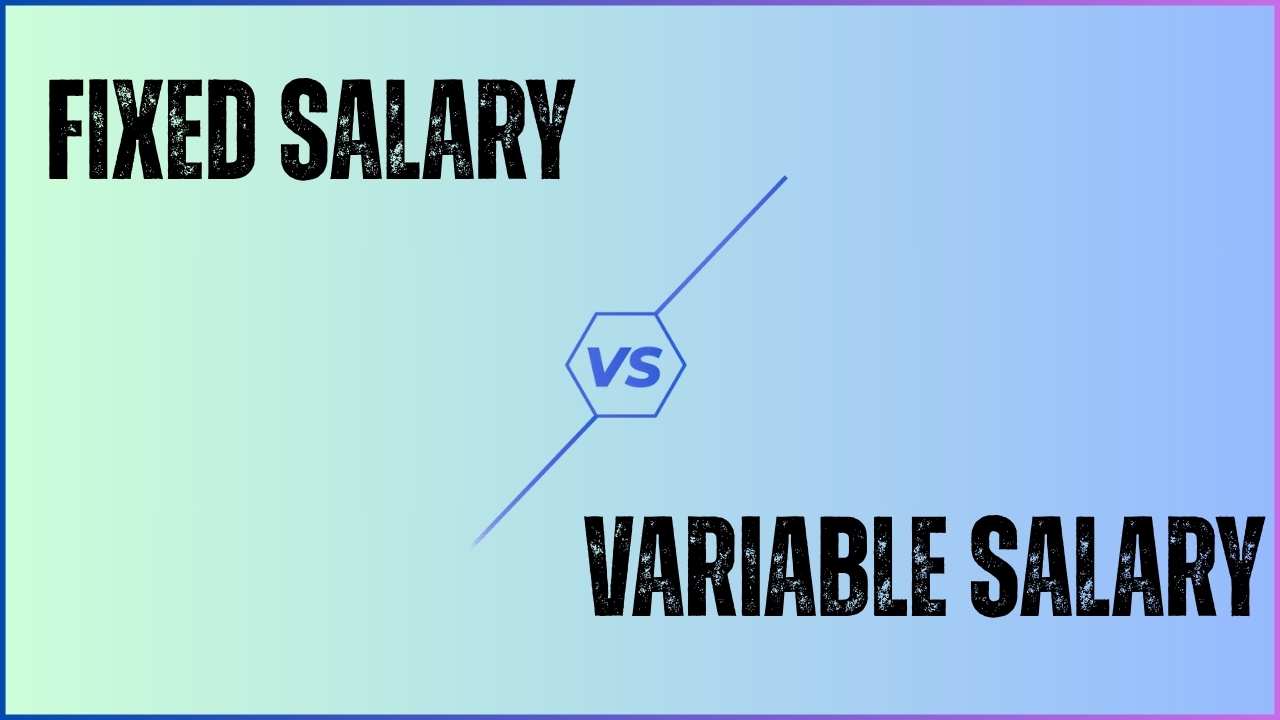When you choose to apply for an IPO (Initial Public Offering), you’ll be faced with lots of technical terms. If you learn what they mean, the process will be less confusing and you can invest more confidently. Here are the most frequently used IPO-related terms and their meanings.
1. Abridged Prospectus
A prospectus is the entire legal document that describes all about the IPO—company history, finances, risks, and so on. An Abridged Prospectus is a condensed version of the document. It gives you the important points you want—such as the number of shares offered, their price band, and why the company is raising funds—so you don’t have to slog through lines of small print.
2. Anchor Investor
An Anchor Investor is an institutional buyer of considerable worth who makes a commitment to purchase shares for a sum of at least ₹10 crore prior to the IPO opening up to the general public. Since at least 60% of the QIB share is allocated to the anchors, their investment makes other investors believe that the demand for the IPO is high.
3. ASBA (Application Supported by Blocked Amount)
With ASBA, your bank freezes the money in your account when you apply for an IPO—but does not actually debit it until allotment of shares. If you don’t receive all the shares you bid for, the unused amount is unblocked right away. ASBA makes application quicker and saves you from losing interest on money already paid.
4. Basis of Allocation (or Allotment)
Once the IPO bidding ends, the Registrar classifies all bids into categories (retail, non-institutional, QIB, etc.). If a category has been oversubscribed, they apply a predetermined formula to determine how many shares each bidder will receive. The last details are made public in the Basis of Allocation report.
5. Bid Lot
A Bid Lot (or “minimum order amount”) is the smallest quantity of shares you can bid for. For instance, if the bid lot is 100 shares, you have to bid at least 100, and in hundreds (200, 300, etc.).
6. Book Building
Book Building is a method of finding the appropriate share price by gathering bids within a fixed price band (floor to cap). Investors indicate the number of shares they would like at what price. Bidding closes and then the company determines the cut-off price that equates demand with supply.
7. Book Running Lead Manager (BRLM)
When an IPO follows the book-building path, it engages one or more Book Running Lead Managers. They oversee due diligence, interface with SEBI and stock exchanges, prepare offer documents, and make each step (from preparation to listing) regulatory compliant.
8. Cut-off Price
In a book-building IPO, the cut-off price is the last issue price on which all the shares are allocated. Those who bid “cut-off” accept the price at which the IPO is finalized within the range that it has been promoted.
9. Floor Price
The floor price is the minimum bid an investor can make in a book-building IPO. It provides the lowest price per share that the company would accept.
10. Listing Date
The listing date is when the freshly issued shares begin trading on the stock market. On or before this day, shares should be credited to successful applicants’ Demat accounts, so you are free to buy or sell at once.
11. Non-Institutional Investor (NII)
NIIs consist of high-net-worth individuals, trusts, and corporate entities. They are allowed to bid for more than ₹2 lakh value of shares but not at the cut-off price. Around 15% of the issue is reserved for NIIs.
12. Qualified Institutional Buyer (QIB)
QIBs are big institutions—mutual funds, insurance firms, banks, and foreign portfolio investors. They can’t also bid at cut-off price, but they receive almost 50% of the shares in a book-building IPO.
13. Retail Individual Investor (RII)
RIIs are retail investors bidding for as much as ₹2 lakh worth of shares. They can bid at cut-off price, and 35% of shares in a book-building IPO are to be allocated to them.
14. Red Herring Prospectus (RHP)
The RHP is the preliminary offer document submitted to SEBI. It has all necessary information—company background, financials, risks, and aims—but does not have the issue price. That price is revealed later when the bidding closes.
The Bottomline
Understand these IPO terms—from Abridged Prospectus to Red Herring Prospectus—and you’ll be able to navigate each step of the IPO process. Whether you’re a new retail investor or an experienced institution, comprehending the jargon of public offerings is the key to making informed investment decisions. Good luck with your next IPO bid!













Kk